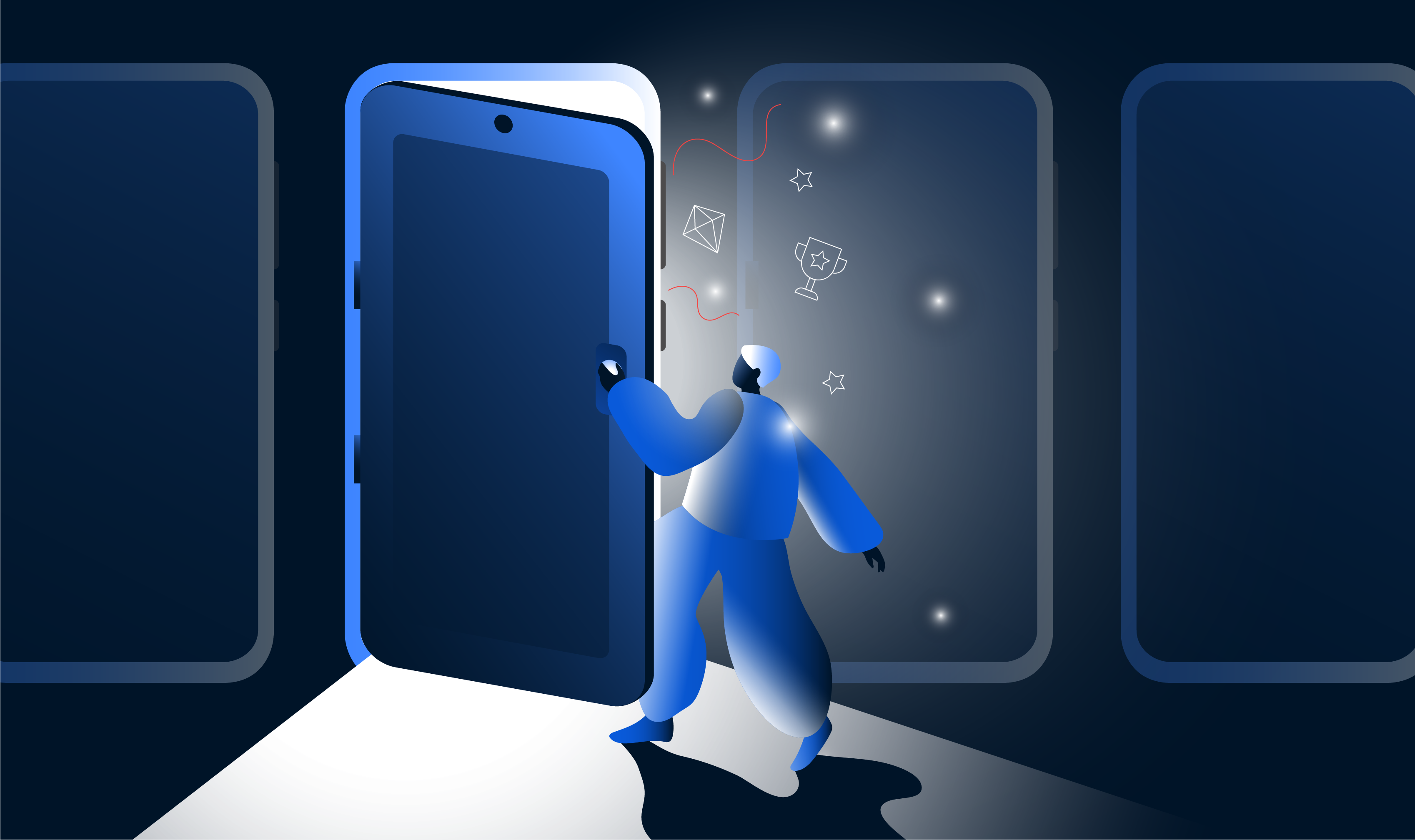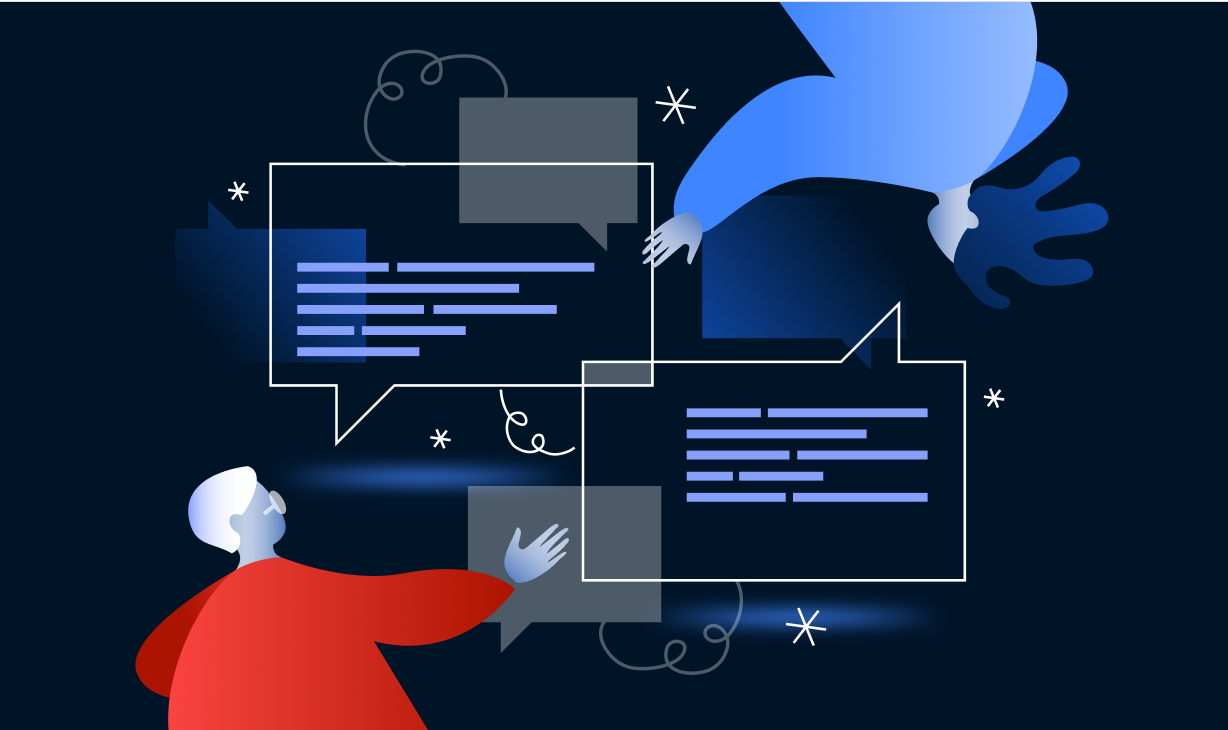Sustaining user engagement for your custom software or mobile app can be a game-changer (pun intended!). By skillfully integrating game elements, Product Teams are transforming mundane tasks into engaging, rewarding experiences that keep users hooked.
At its core, gamification in software and apps involves borrowing elements from games and applying them to everyday tasks and experiences. This approach taps into our natural desire for achievement, competition, and exploration. It’s about making everyday tasks more enjoyable and rewarding by tapping into our natural inclination for play.
The evolution of gamification in software development
While the term “gamification” may be relatively new, games have always been an integral part of human culture. The earliest known board games date back 5,000 years in Egypt. Chess and Backgammon have over a thousand years of history. Games are hardwired into our DNA, with a rich legacy from ancient dice to modern electronic games.
As digital technology evolved, gamification techniques rapidly gained traction across industries like education, healthcare, and employee training software. This powerful UX design approach leverages our innate love for games, adding fun and engagement to everyday user experiences that is quickly becoming integral to apps and digital products.
What makes games fun and why gamification works
At the heart of gamification’s effectiveness lies an understanding of what makes games inherently enjoyable and engaging. Games tap into several fundamental human desires and psychological needs:
Achievement and mastery: Games provide a sense of accomplishment through clear goals, challenges, and reward systems, satisfying our innate desire for achievement and mastery.
Competition and social interaction: Many games incorporate elements of competition, leaderboards, and social interaction, appealing to our need for recognition and our desire to compare our progress with others.
Narrative and immersion: Well-designed games often have compelling narratives and immersive experiences that captivate our imagination and foster a sense of curiosity and exploration.
Autonomy and choice: Games offer players a sense of autonomy and control over their actions, allowing them to make meaningful choices and experience the consequences, satisfying our need for self-determination.
Feedback and progress: Games provide instant feedback on our actions and clear indicators of progress, tapping into our desire for continuous improvement and growth.
By incorporating game-like elements into non-game contexts, gamification leverages the same psychological principles that make games enjoyable and engaging, creating experiences that motivate and incentivise users to interact with software applications more actively.
"Gamification harnesses the power of intrinsic motivation, turning users into willing participants rather than passive consumers."
Jane McGonigal, game designer and author
Benefits of gamification in software development
The incorporation of gamification in software and app development offers numerous benefits, including:
Increased user engagement: Gamified experiences make software applications more enjoyable and interactive, encouraging users to spend more time interacting with the application and returning to it regularly.
Higher retention rates: By creating a sense of progress, achievement, and investment, gamification can significantly improve user retention rates, reducing churn and increasing the lifetime value of users.
Improved productivity: Gamification can be used to motivate users to complete tasks or achieve goals more efficiently, leading to increased productivity and better outcomes.
Enhanced learning and skill development: By incorporating game-like elements, such as quests, challenges, and skill trees, gamification can make learning new skills or mastering complex concepts more engaging and enjoyable.
Valuable user data: Gamified applications generate valuable data on user behaviour, preferences, and engagement patterns, which can be leveraged to refine and optimise the user experience further.

When to gamify your product
While gamification can be a powerful tool for driving user engagement, it’s not a one-size-fits-all solution. Implementing gamification elements requires careful consideration of the product’s goals, target audience, and overall user experience. Here are some key factors to consider when deciding whether to gamify your product:
Repetitive or routine tasks: Gamification can be particularly effective for products that involve repetitive or routine tasks that may become tedious or monotonous over time. By introducing game-like elements these tasks can become more engaging and enjoyable for users.
Long-term behaviour change: If your product aims to encourage long-term behaviour change or habit formation, gamification can be an excellent approach. By providing a sense of progress, achievement, and reward, users are more likely to persist with the desired behaviour over an extended period.
User motivation and engagement: Assess whether your target audience is likely to respond positively to gamification elements. Some user segments may be more motivated by game-like experiences than others, depending on their age, interests, and preferences.
Integration with core experience: Gamification should enhance and complement the core user experience of your product, rather than feel like an afterthought or a separate layer. Ensure that gamification elements can be seamlessly integrated into the existing user flow and functionality.
Alignment with business goals: Gamification should align with your product’s overall business objectives, whether it’s increasing user retention, driving specific actions, or fostering a sense of community. Clearly define the desired outcomes and measure the impact of gamification on those goals.
It’s important to note that gamification is not a solution for all user engagement challenges. In some cases, addressing usability issues, improving core functionality, or enhancing the overall user experience may be more effective than introducing gamification elements. User research, data analysis, and continuous iterations are required to determine the most appropriate approach for your product and target audience.
Examples of successful gamification implementations
Gamification has been successfully implemented in various software applications across different industries. At Polymorph, we view gamification as more than just adding points and badges—it’s about creating meaningful, motivating experiences that align with our client’s strategic goals.
Our user-centered design process ensures that we deeply understand both the end-users and the business objectives before crafting gamified solutions. For example:
Beyond our work at Polymorph, there are several other inspiring examples of gamification:
Language learning apps like Duolingo employ daily goals, streaks, and leaderboards to encourage consistent practice. Fitness and health apps such as Fitbit and MyFitnessPal use badges, challenges, and social sharing to promote healthier habits. Productivity tools like Trello and Habitica incorporate progress bars, rewards, and achievement levels to boost task completion.
Customer loyalty programs in sectors like meditation, exemplified by Headspace, utilise streak tracking, badges, milestones, personalised recommendations, and community features to foster long-term engagement and loyalty. These diverse applications demonstrate the versatility and effectiveness of gamification across different domains.
In conclusion, gamification is a powerful tool for driving user engagement, motivation, and behaviour change across various contexts. By leveraging game design principles and mechanics, organisations can enhance their products and services, delight their users, and achieve their business objectives. We’ll explore best practices for designing effective gamified experiences in upcoming articles.





